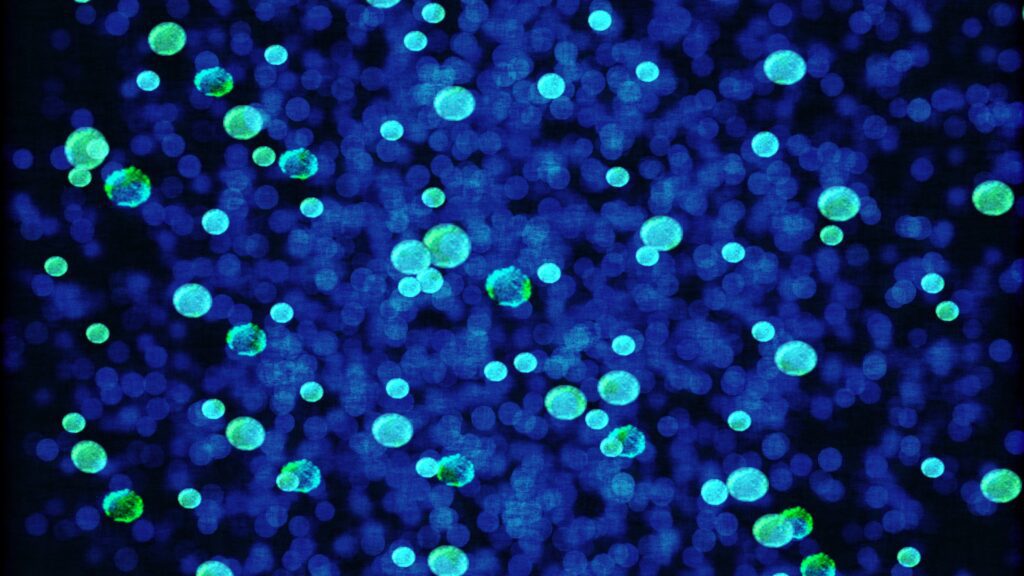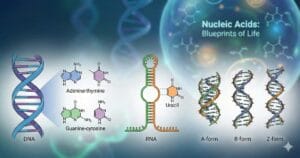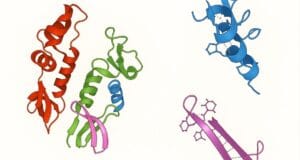
Welcome to the COMPETITIVE EXAM MCQs SERIES of ENVIRONMENTAL SCIENCE for UGC-NET/JRF, SLET, ARS, GATE, and other entrance tests – Environmental Biology: Origin of life and speciation.
Syllabus Outline
- Historical theories on life’s origin and the conditions necessary for life to emerge.
- Evolution of early life forms, including prokaryotic and eukaryotic organisms.
- Speciation (e.g. genetic mechanisms, ecological factors, and hybridization).
- Evolutionary processes such as adaptive radiation, convergent evolution and divergent evolution.
- Equilibrium and gradualism.
- Contemporary issues (e.g. human evolution, mass extinctions, and biogeography)
- Application of molecular techniques in understanding evolution and conservation genetics.
- Processes shaping life on Earth, from its origins to its diversity.
This quiz contains the concept-based most frequently asked 25 MCQs of “Environmental Biology – Origin of life and speciation“. Each question has a single correct/most appropriate answer.
1. In which type of reproductive isolation, mating or fertilization occurs at different times?
a) Mechanical
b) Temporal
c) Behavioral
d) Gametic
2. Which primordial soup experiment simulated early Earth conditions?
a) Darwin’s Experiment
b) Oparin-Haldane Experiment
c) Urey-Miller Experiment
d) Pasteur Experiment
3. What is the term for the phenomenon where a single species gives rise to many diverse species in a relatively short period?
a) Natural selection
b) Convergent evolution
c) Adaptive radiation
d) Genetic drift
4. The formation of a new species due to the geographical isolation of a small group from the main population is known as:
a) Peripatric speciation
b) Parapatric speciation
c) Allopatric speciation
d) Sympatric speciation
5. The concept of punctuated equilibrium, proposed by Eldredge and Gould, suggests that:
a) Evolutionary changes are always gradual
b) Evolution occurs in rapid bursts, followed by periods of stability
c) Evolution is a slow and continuous process
d) Evolution is solely driven by natural selection
6. The first self-replicating molecules that are believed to have led to life are:
a) Protein
b) DNA
c) RNA
d) Lipid
7. The endosymbiotic theory proposes that certain organelles, like mitochondria and chloroplasts, originated from:
a) Fungi
b) Archaea
c) Viruses
d) Bacteria
8. The term adaptive radiation is best described as:
a) Rapid evolution of a single species into diverse forms
b) Evolutionary stasis
c) Gradual evolution of a single species
d) Evolution of unrelated species into similar forms
9. Which scientist contributed to understanding sexual selection as a driving force in speciation?
a) Richard Dawkins
b) Charles Darwin
c) Alfred Russel Wallace
d) Gregor Mendel
10. Which type of speciation occurs when a physical barrier separates a population?
a) Peripatric
b) Parapatric
c) Allopatric
d) Sympatric
11. Which scientist proposed the idea of natural selection as a mechanism for evolution?
a) Charles Darwin
b) Alfred Russel Wallace
c) Jean-Baptiste Lamarck
d) Gregor Mendel
12. What is the process by which two related species become more dissimilar over time?
a) Coevolution
b) Convergent evolution
c) Parallel evolution
d) Divergent evolution
13. According to the panspermia hypothesis, life on Earth may have originated from:
a) Venus
b) Jupiter
c) Comets or meteorites
d) Mars
14. What was the primary gas in Earth’s early atmosphere, according to the Oparin-Haldane hypothesis?
a) Ammonia
b) Oxygen
c) Carbon dioxide
d) Methane
15. What is the leading hypothesis for the origin of life on Earth?
a) Creationism
b) Intelligent Design
c) Abiogenesis
d) Panspermia
16. According to the RNA world hypothesis, what role did RNA play in the early stages of life?
a) Structural support
b) Storage of genetic information, catalysis of biochemical reactions and structural support
c) Storage of genetic information and catalysis of biochemical reactions
d) Catalysis of biochemical reactions and structural support
17. What is the term for the process of gene flow between two populations without physical barriers?
a) Allopatric speciation
b) Sympatric speciation
c) Peripatric speciation
d) Parapatric speciation
18. What is the term for the evolution of similar traits in unrelated species due to environmental pressures?
a) Coevolution
b) Parallel evolution
c) Divergent evolution
d) Convergent evolution
19. Which atmospheric gas is thought to have played a crucial role in the ozone layer development, protecting life from harmful ultraviolet radiation?
a) Carbon Dioxide
b) Methane
c) Oxygen
d) Nitrogen
20. The concept of RNA world suggests that:
a) DNA preceded RNA
b) Lipids were the first genetic material
c) RNA was the first genetic material
d) Proteins were the first genetic material
21. What type of speciation occurs when two populations evolve reproductive barriers without a physical barrier?
a) Parapatric
b) Sympatric
c) Allopatric
d) Peripatric
22. What is the significance of the Miller-Urey experiment in studying the origin of life?
a) It studied the evolution of multicellular organisms
b) It proved the existence of extra-terrestrial life
c) It demonstrated the synthesis of amino acids under prebiotic conditions
d) It provided evidence for creationism
23. The concept of deep sea alkaline hydrothermal vents as a potential site for the origin of life is associated with:
a) Louis Pasteur
b) James Clerk Maxwell
c) Carl Woese
d) Nick Lane
24. The process of chemosynthesis is associated with the origin of life in:
a) Polar ice caps
b) Hydrothermal vents
c) Desert environments
d) Volcanic islands
25. The concept of biogenesis states that:
a) Life can only arise from pre-existing living matter
b) Divine force created life
c) Life can arise spontaneously from non-living matter
d) Life has always existed
Previous: Fundamentals of Ecology
Next: Ecosystem Structure and Functions
References
- Futuyma, Douglas J. (2017) Evolution, Sinauer Associates Inc., 4th edition.
- Odum, Eugene P., and Barrett, Gary W. (2004) Fundamentals of Ecology, Cengage Learning, 5th edition.
- Sharma, P. D., and Jha, R. (2017) Environmental Biology, Rastogi Publications, 1st edition.

